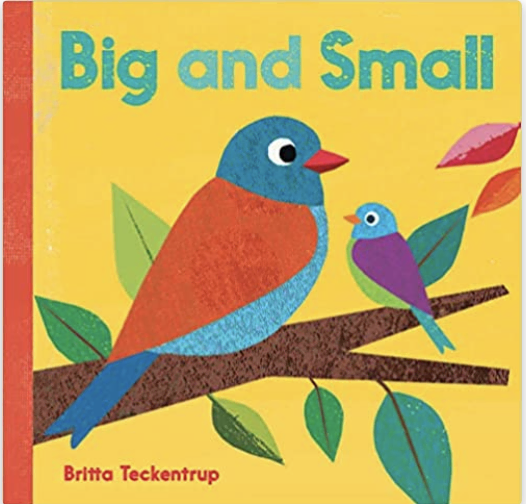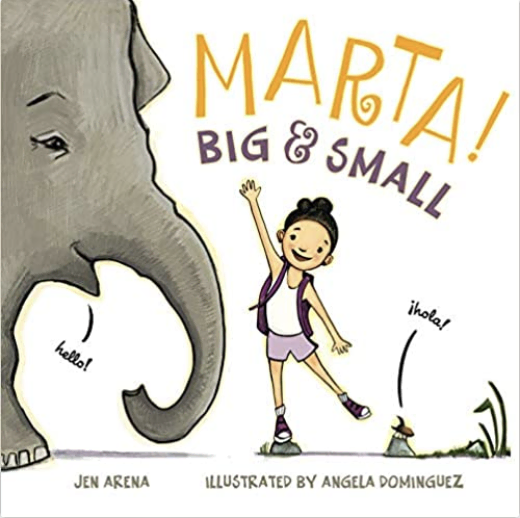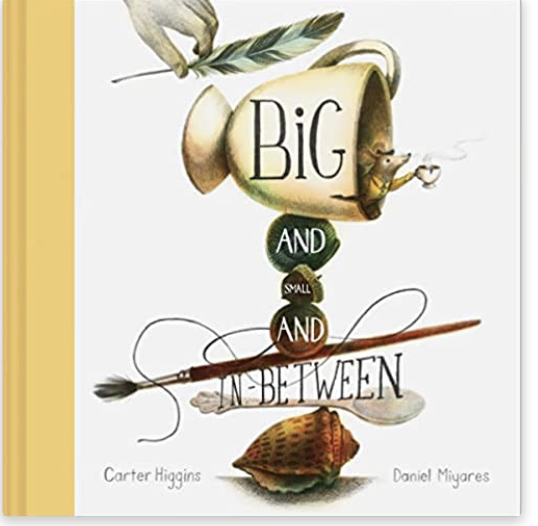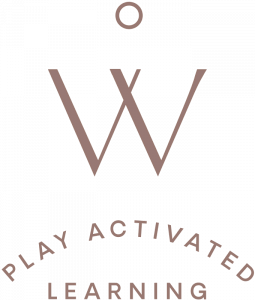This Play Invitation is wonderful for helping children feel the space of the paper and the size of their markings. It’s a great opportunity to sneak in the concepts of big and little on a kinesthetic level. This invitation will bring the experience of comparing and identifying similarities and differences among their markings.
What Could Lead Us to This Play Invitation
- Children have been curious about tiny little things;
- Children are excited about growing up and becoming big;
- Children have been making comparisons.
Materials Needed
- Markers in a variety of colors
- A large piece of bulletin board paper or large construction paper
Setting up This Play Invitation
- Set the paper on a wall or floor, according to the number of children – i.e., a large sheet for each individual child, or a large piece of bulletin board paper for a maximum of six children.
- Place the markers nearby.
How to Create the Drawing
- Use a storytelling approach to introduce this Play Invitation. Weaving sweet little stories is a powerful way to introduce a conversation about concepts like big and small.
Here’s a story Sally loves to share with the children:
“Once upon a time there was a tiny, tiny mark.” I make a tiny mark on the white board.
“It was so tiny, no one could see it. Poor little tiny mark felt so lonely all by themselves.” I will make a gesture of sadness.
Next I draw a Big swirling mark.
“One day, while Tiny was taking a nap, a loud knock came to their door.” I make a knocking sound.
“Tiny jumped up and asked – who is there?” I will mention how proud I am of Tiny asking who is there before opening the door.
“Big is here! – Tiny peeked through their door and saw the largest mark ever! Tiny and Big became the best of friends and Tiny never felt lonely again.”
2. Offer the markers and let children draw in response to your questions:
How big a mark can you make?
What’s the biggest mark you could make?
How small a mark can you make?
How little can it be?
3. Listen and record the children’s stories that unfold.
How to Nurture the Natural Unfolding of the Child’s Identity During This Play Invitation
- Children have the right to have space and ability to move their bodies around the paper in order to fully express themselves in mark making. It is important to let the mark making be fully driven by the child’s desires. Let them pick the colors of their markers and the style of marks they make.
The Academic Learning Opportunities
- MATH: Describe and compare measurable attributes like size.
- LANGUAGE: Use language for storytelling and explore antonyms like small and big.
- PHYSICAL: Develop large motor skills, like the strength and stability of the shoulder girdle muscles, spatial awareness, and kinesthetic learning.
- SOCIAL: Develop listening skills, collaborative work, and respect for others.
- ART: Explore making marks in big and small.
Extensions
Lay a large piece of paper on the floor and invite children to lay, belly down, on a wheeled cart (like a skateboard) with a marker or soft pastel in their hand. One child pulls the cart around, while the other child makes marks on the paper.
Book Recommendations

A simple board book that looks at the difference of big and small in nature.

A delightful book that explores opposites while introducing simple Spanish words.

A beautiful book with pockets and discoveries.


